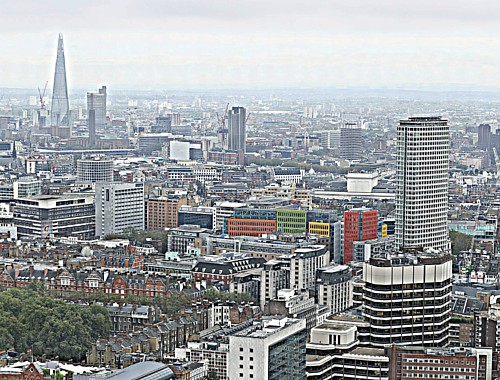For reasons that I may or may not explain some other time (it involved this), I found myself, exactly one week ago today, at the toppish layer of Kings College, London.
There was some hanging about waiting for events to start and for lifts to arrive, and at such times I took (grabbed) photos, mostly through windows, out at London in its various manifestations, near and far:
Just as there is much aesthetically anarchic clutter at the tops of buildings, so too is there similar clutter around the backs of buildings, the bits where you are looking at the stage scenery, so to speak, from the other side.
As for the more orthodox view, of various Big London Things (bottom right), you may think, not much of a photo, technically speaking, and you would be right, but I like it nevertheless, in the sense that it is a technically rather average realisation of a very good shot, like so many of my photos. Also, I had only a few seconds to take/grab it, and only one go at it, because a lift was even then opening up and demanding my presence. I was with someone else, which always complicates the taking of photos, I find.
Note in particular the exact alignment of The Wheel with the New Tower (most recently featured here in one of these snaps (3.2)) that they are now finishing off, at Vauxhall, the one where there was all that crane drama. See also Big Ben and that other Parliament Tower (St Stephen’s), Battersea Power Station, Westminster Abbey, and even the tower with the crazy hairdo in the previous posting. What the green dome with the Union Jack flying on it is, I do not know.
Plus, who knew that there was a Menzies Centre for Australian Studies at Kings U? Well, probably Menzies, and the people who study Australia in it. But who else?
Shame it’s not Austrian, and economics.

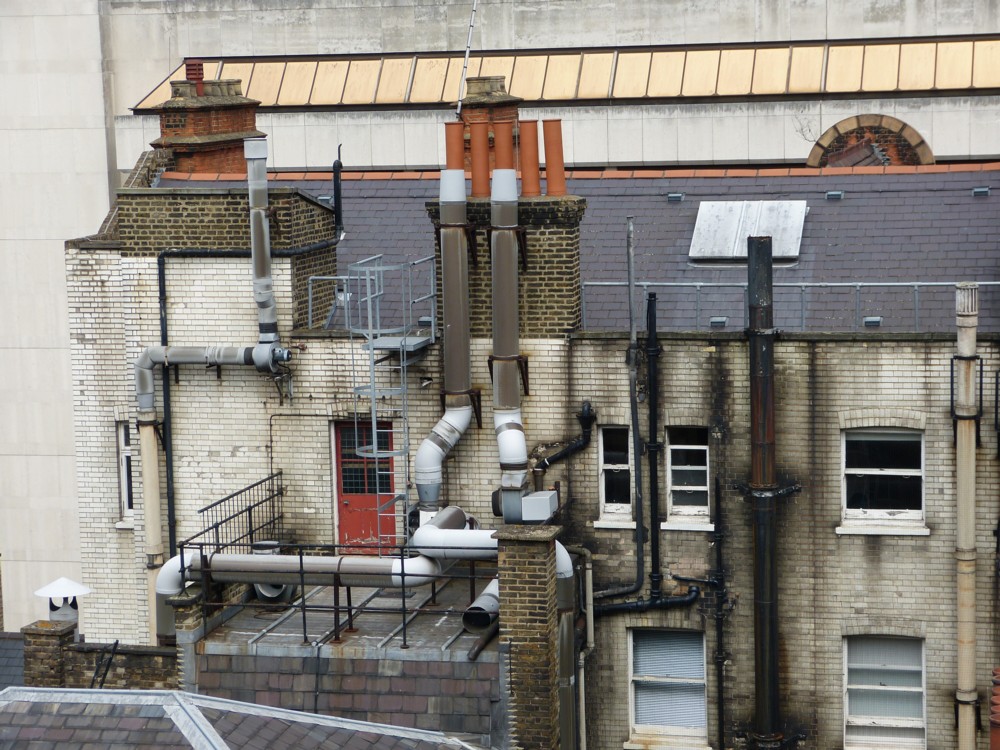
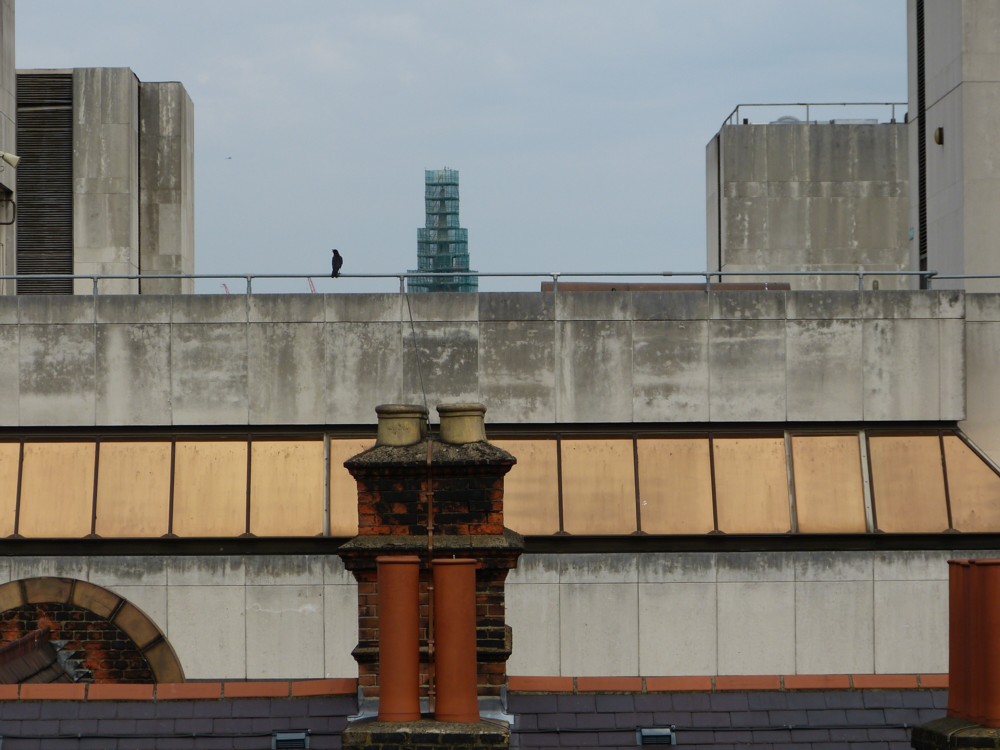
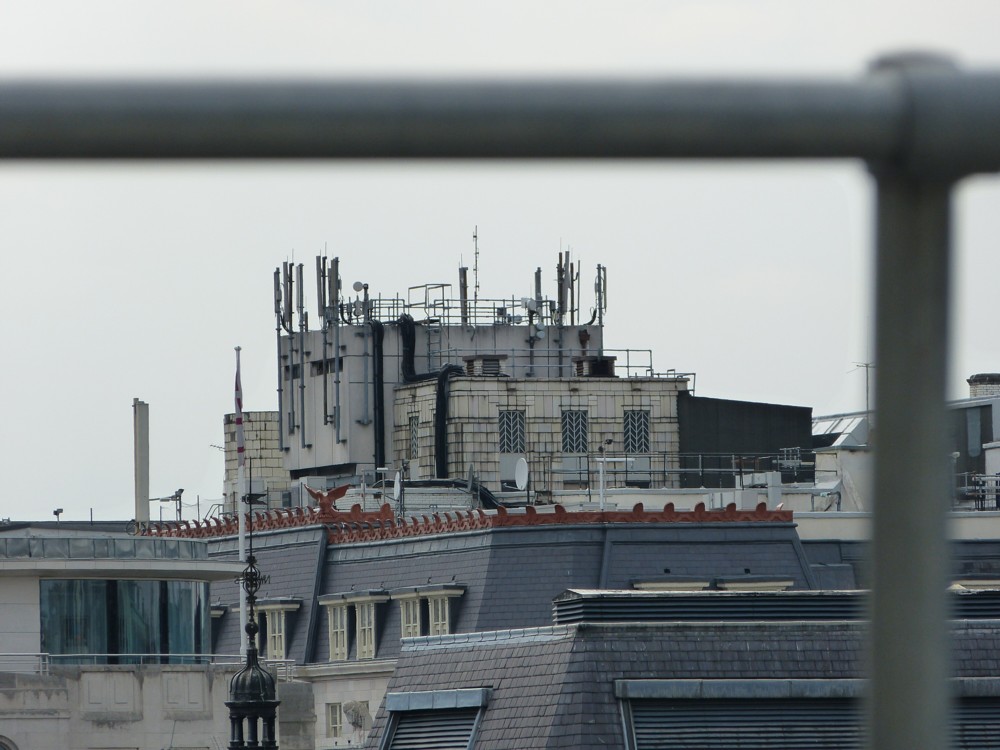
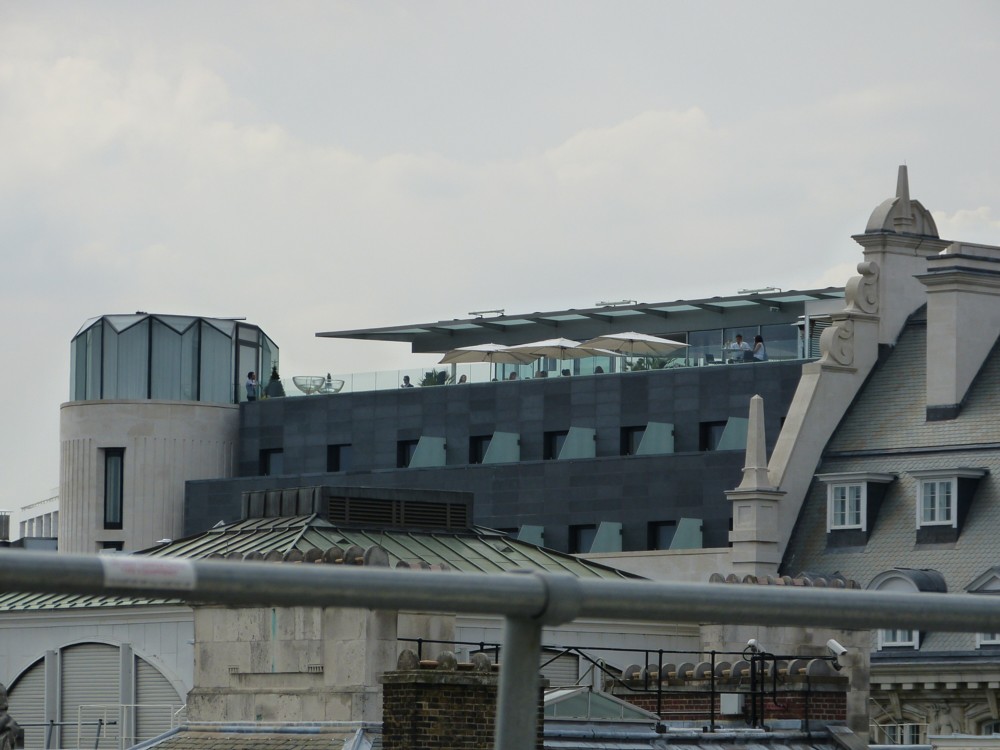
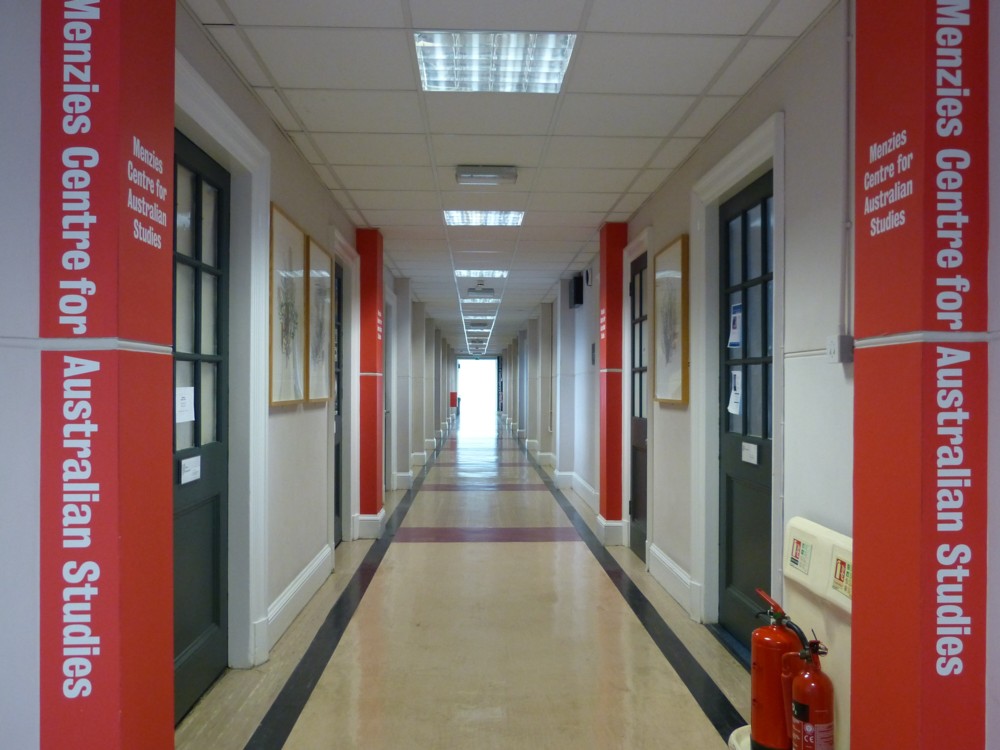
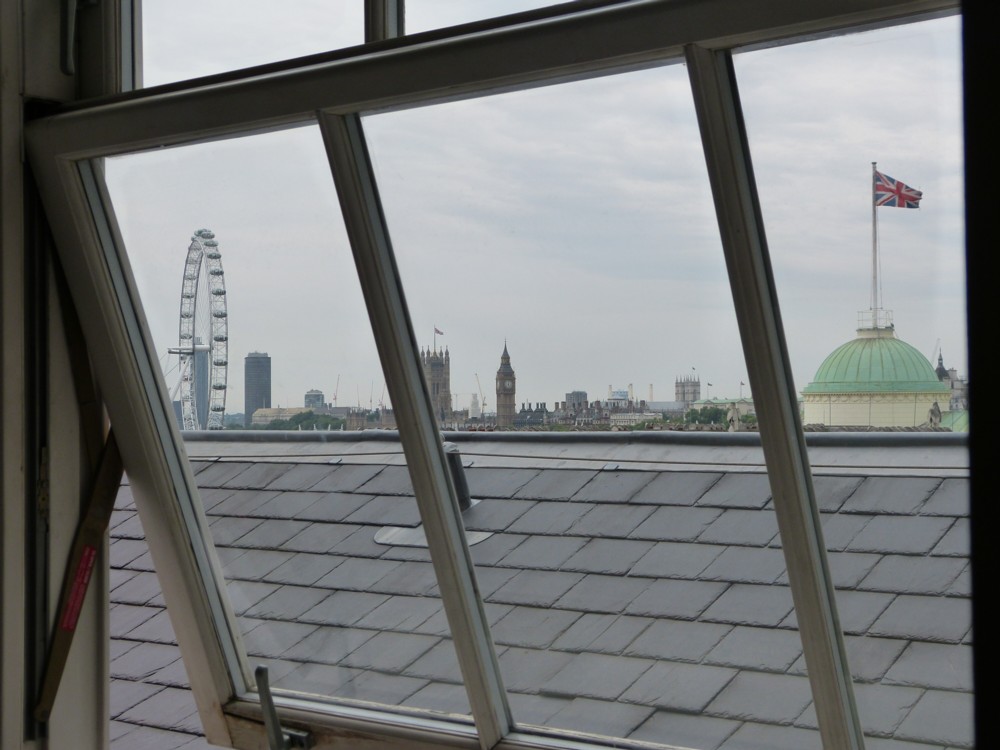
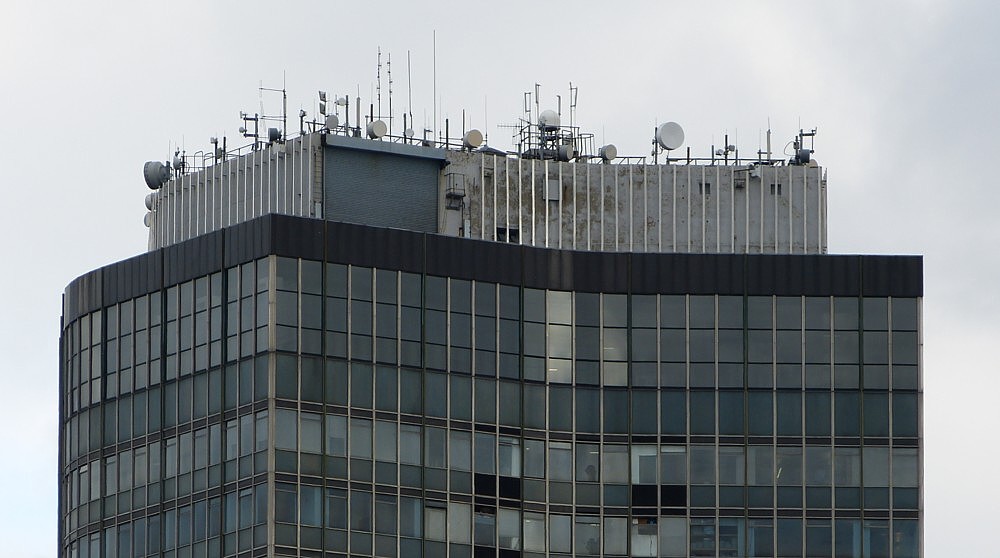
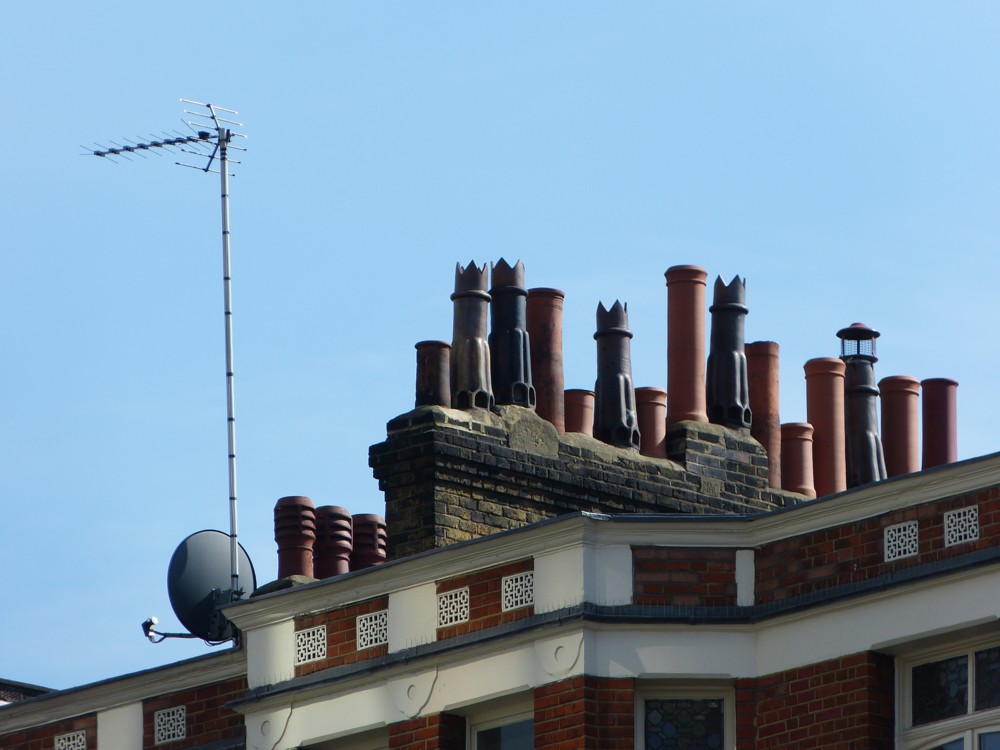
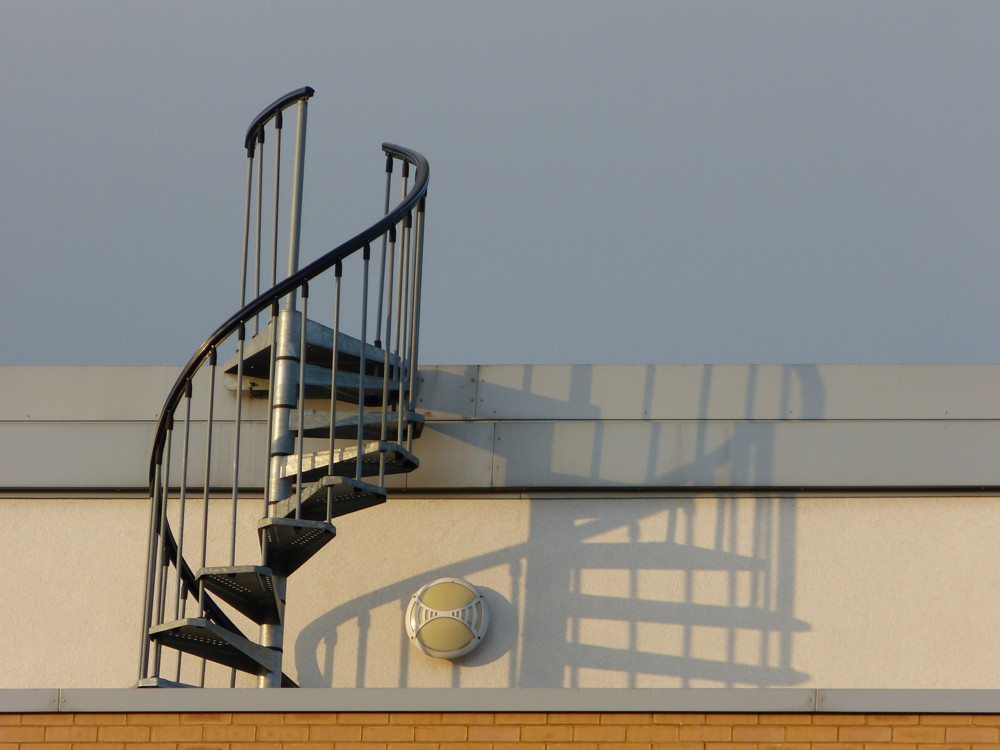
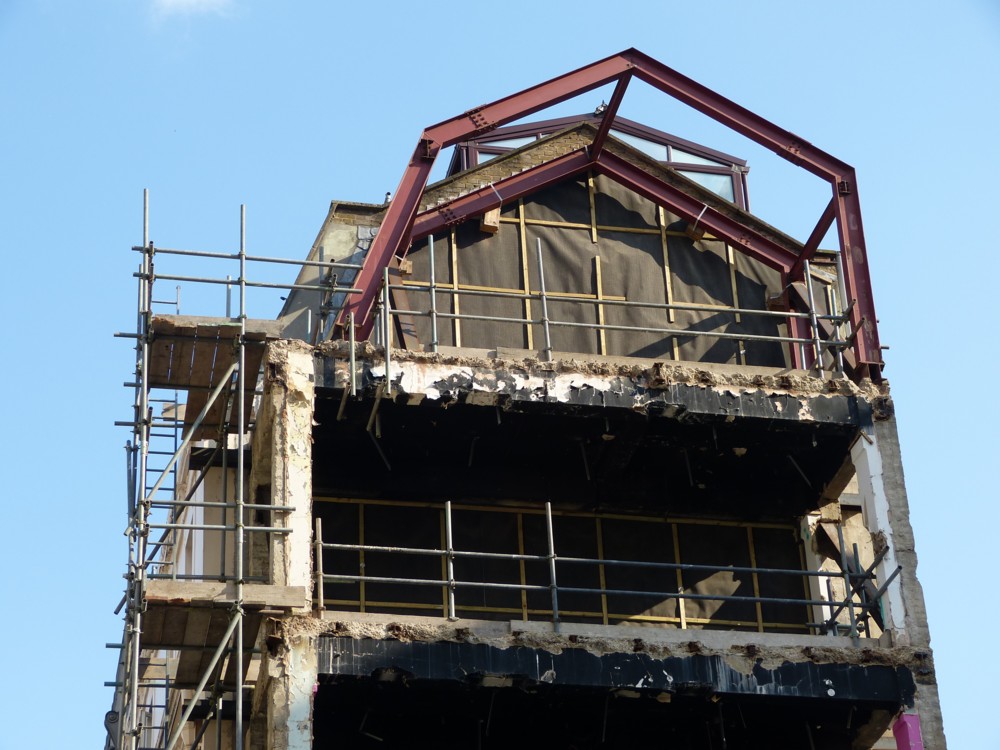
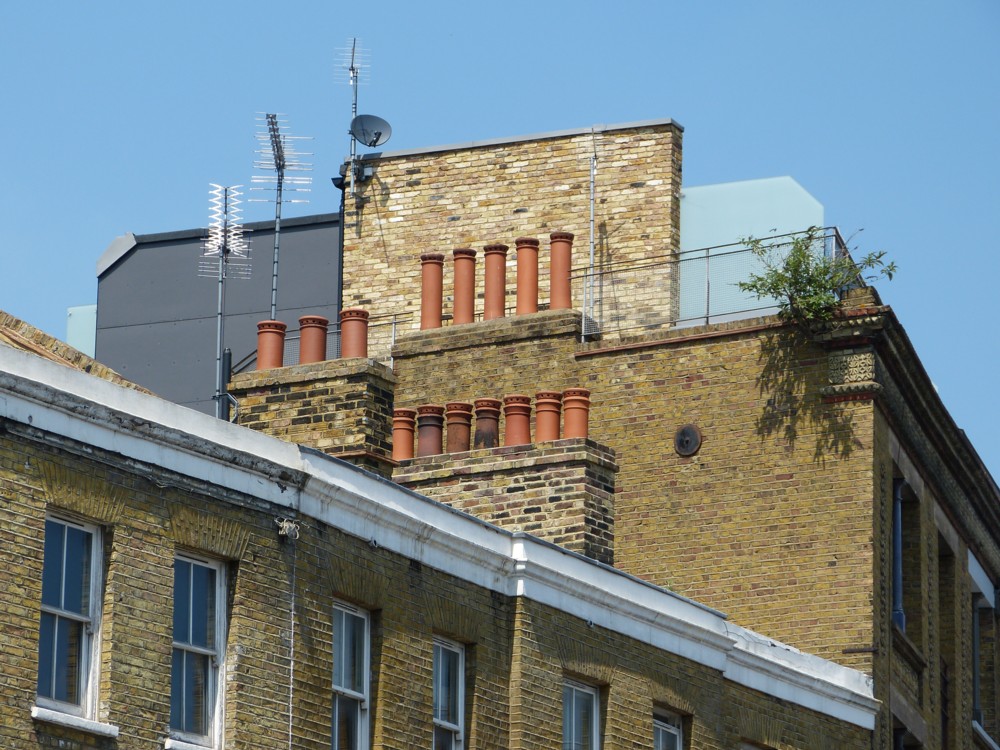
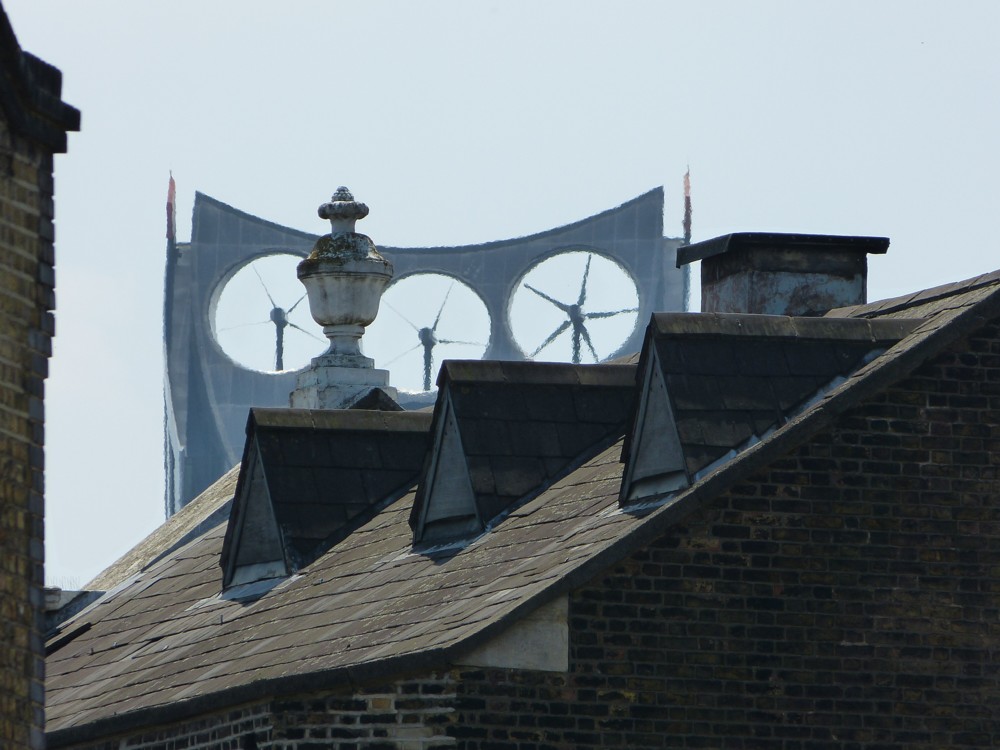
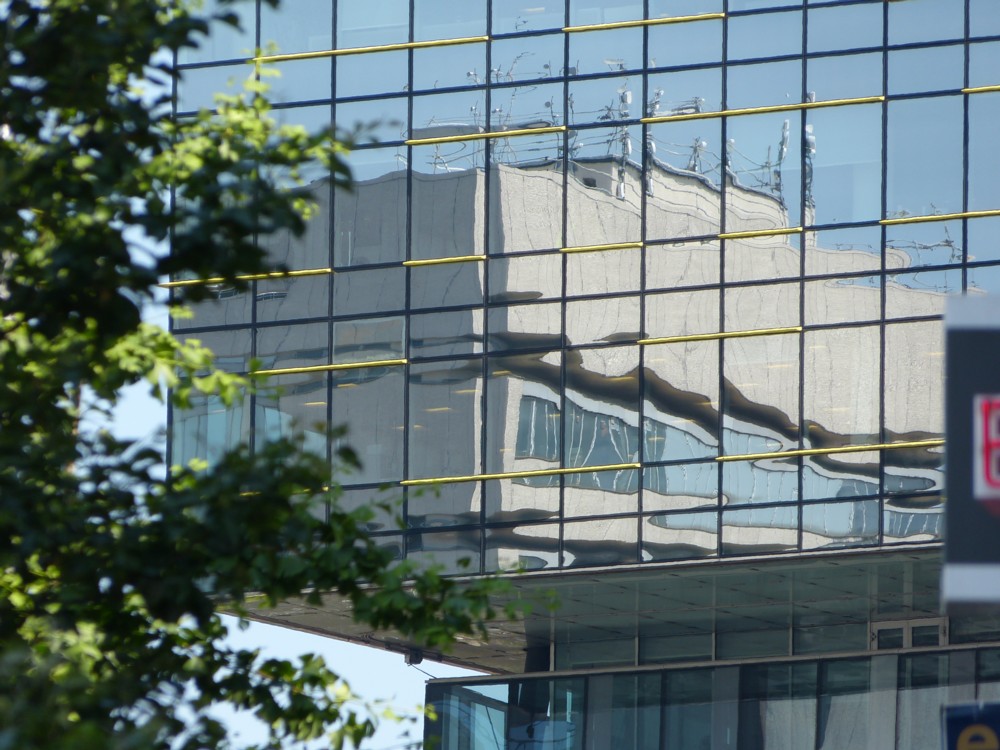
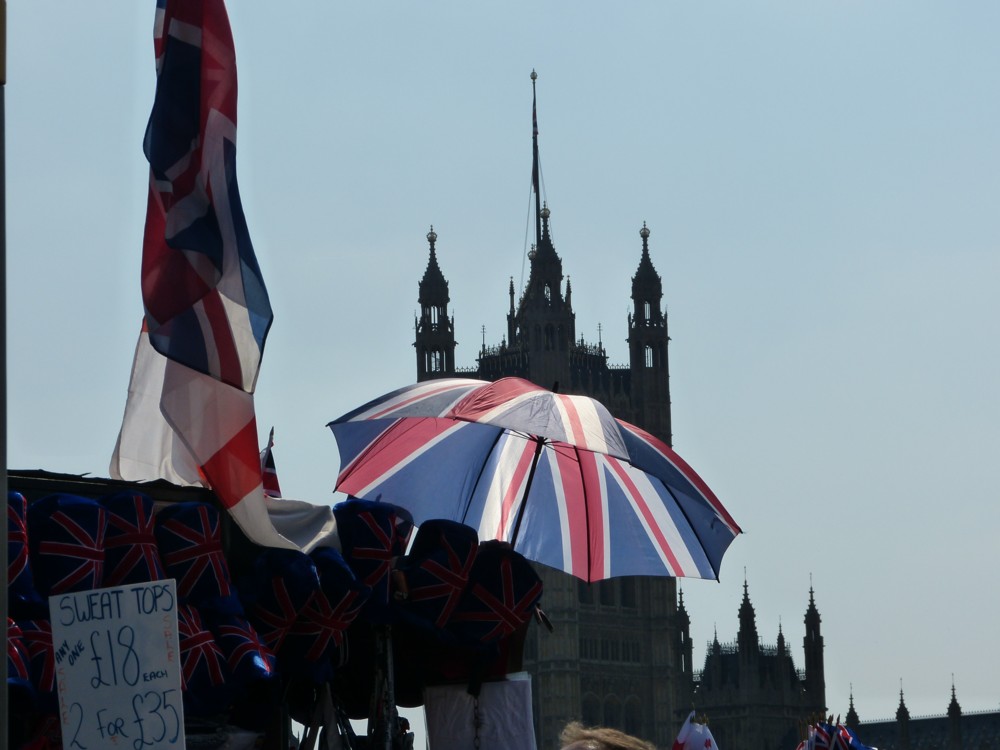
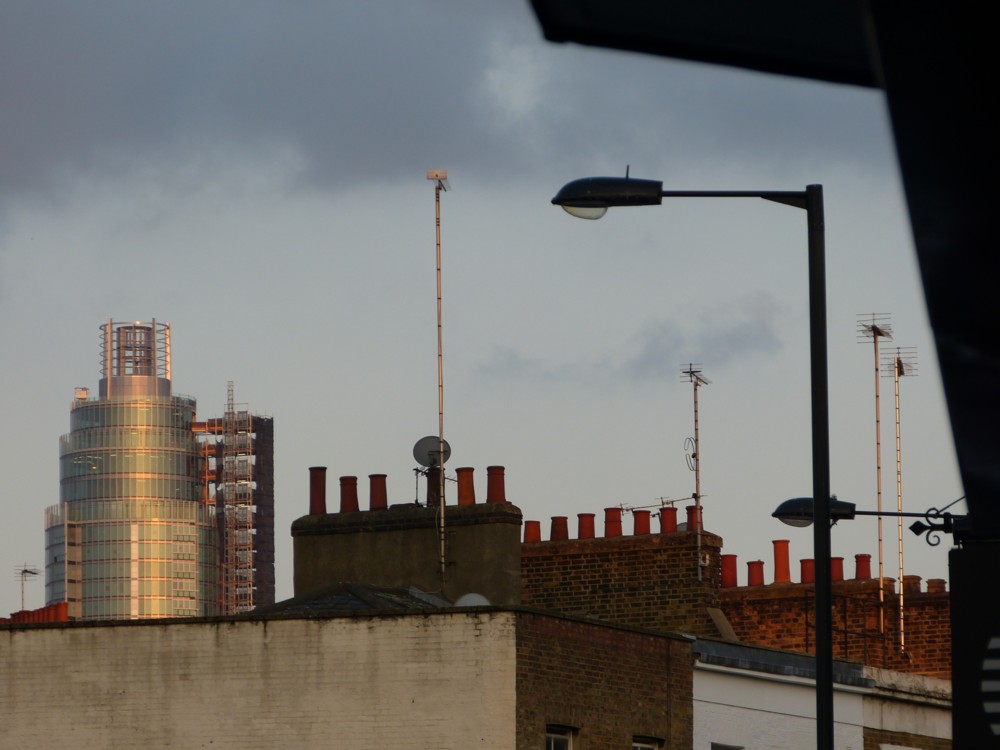
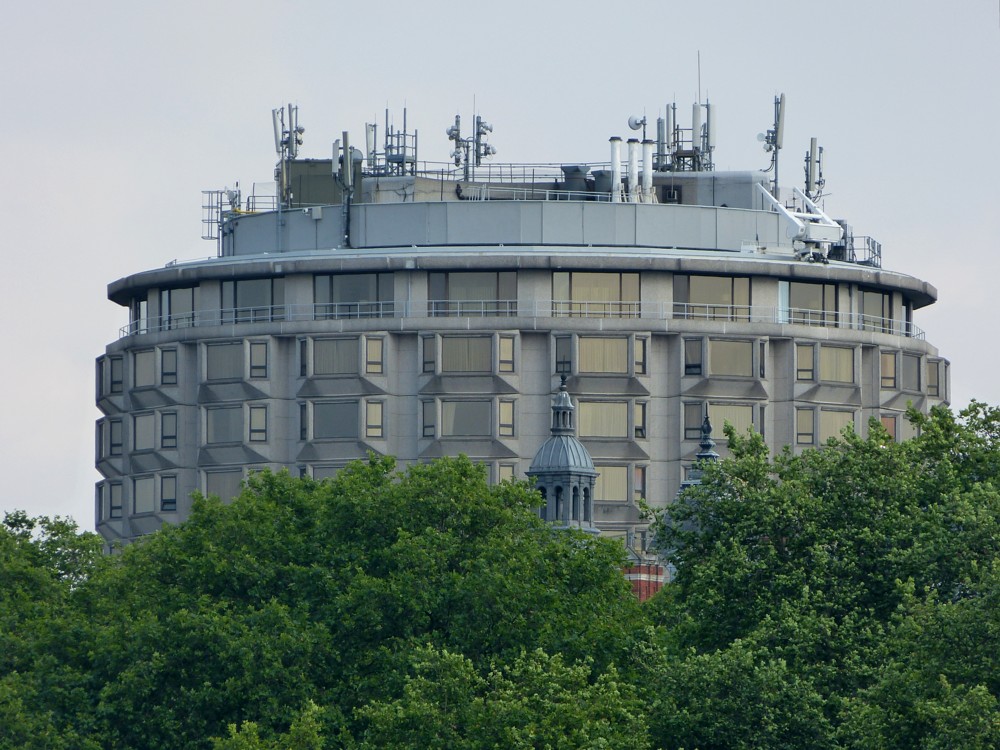

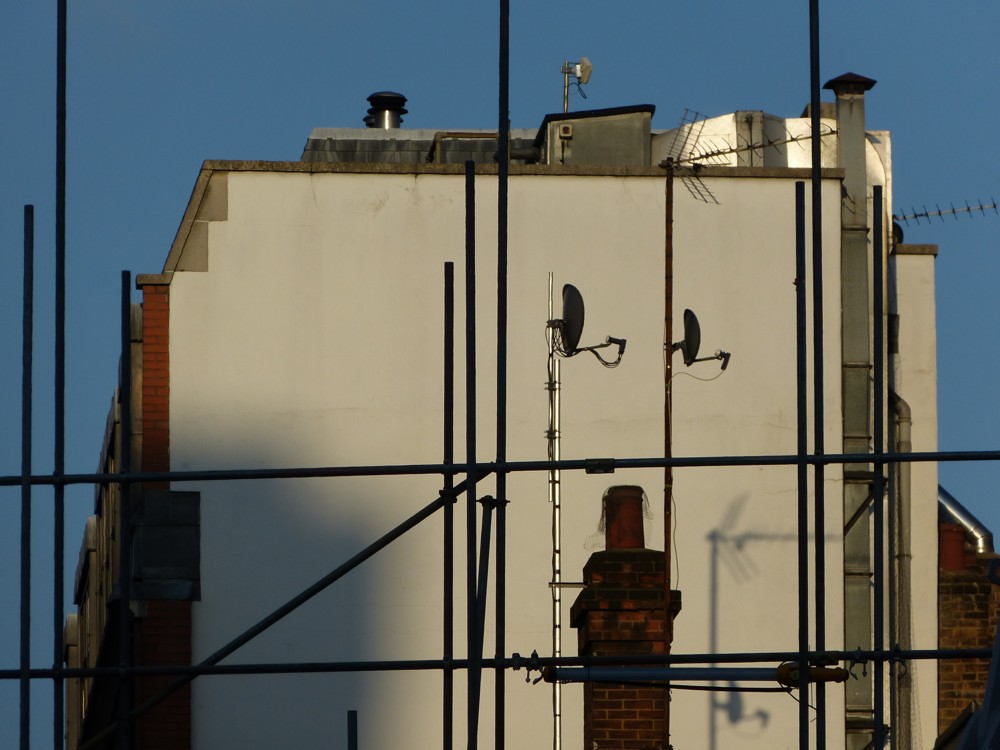
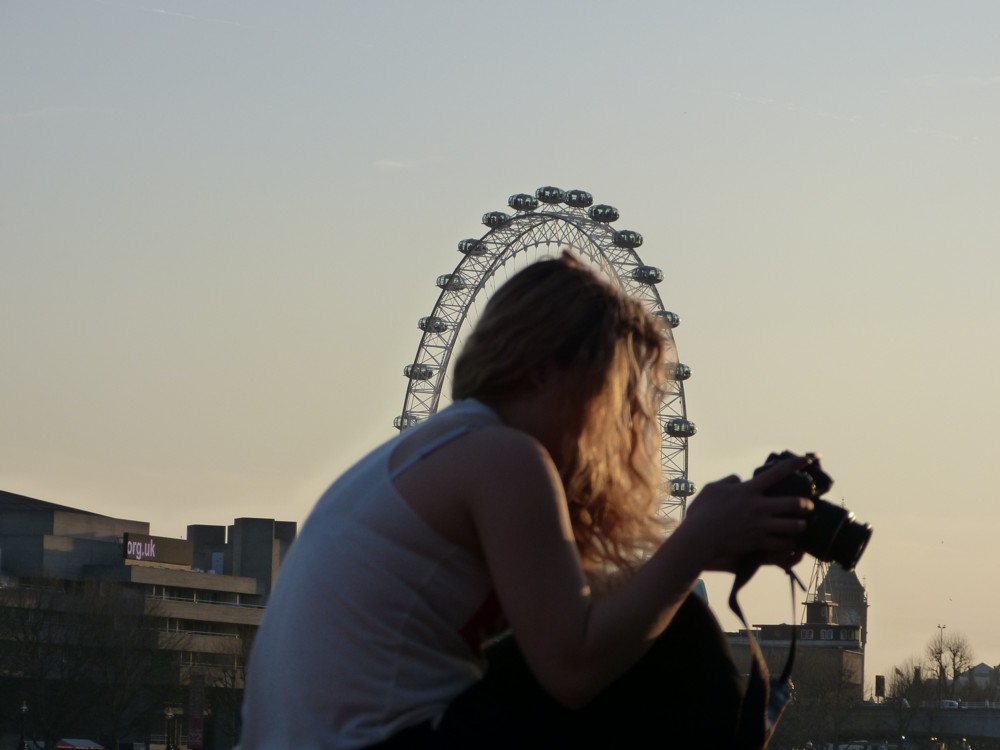
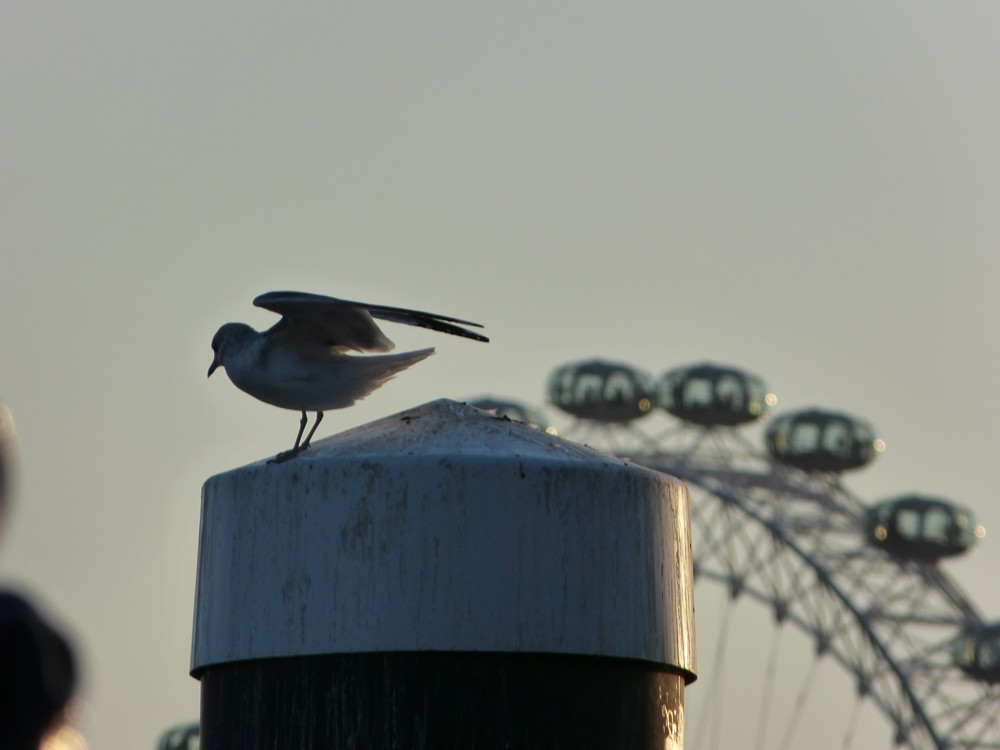
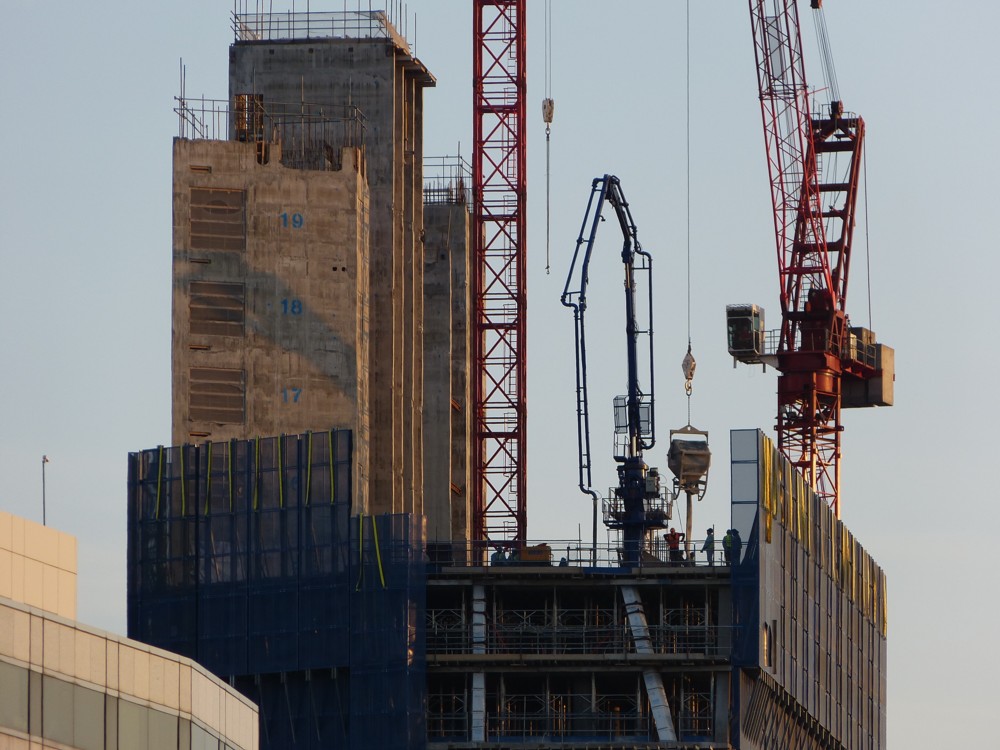
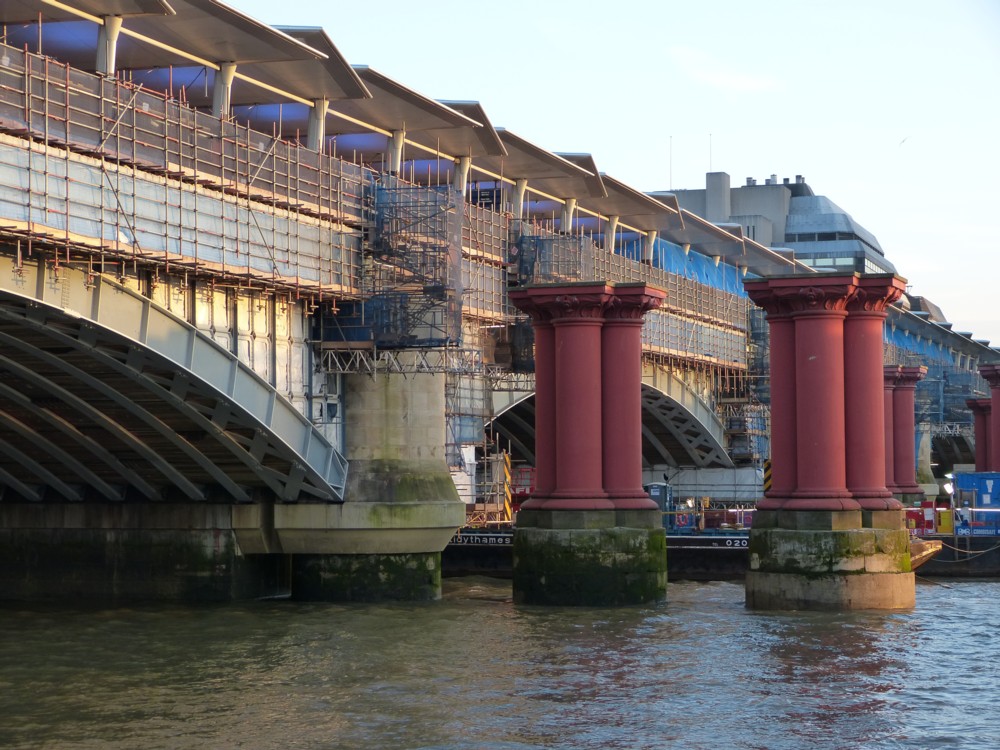
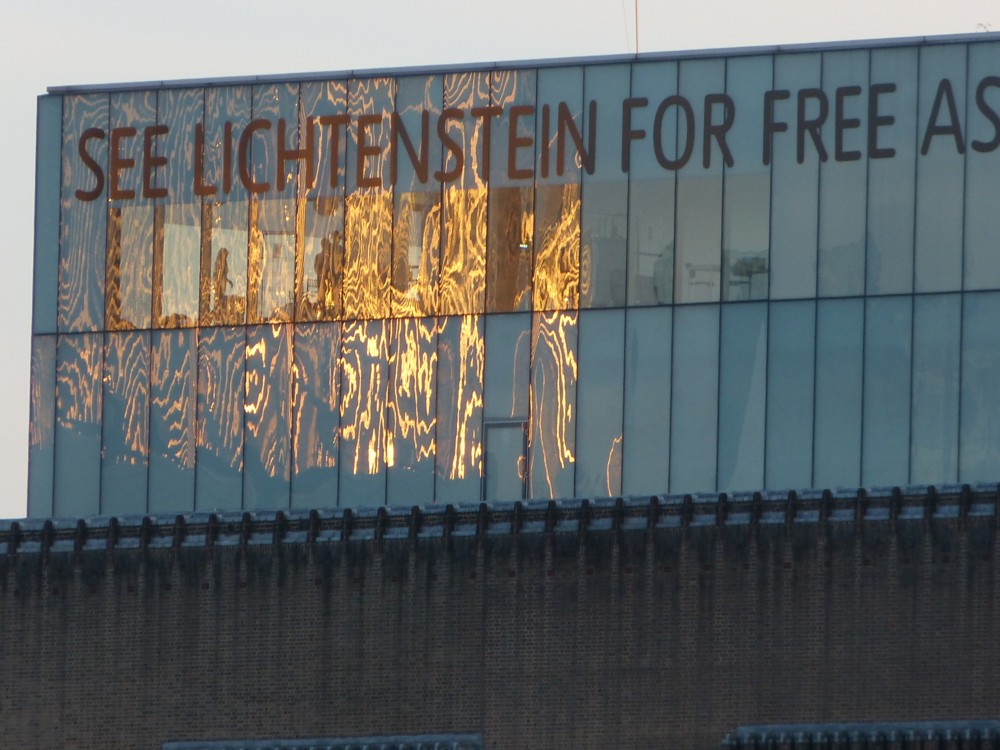
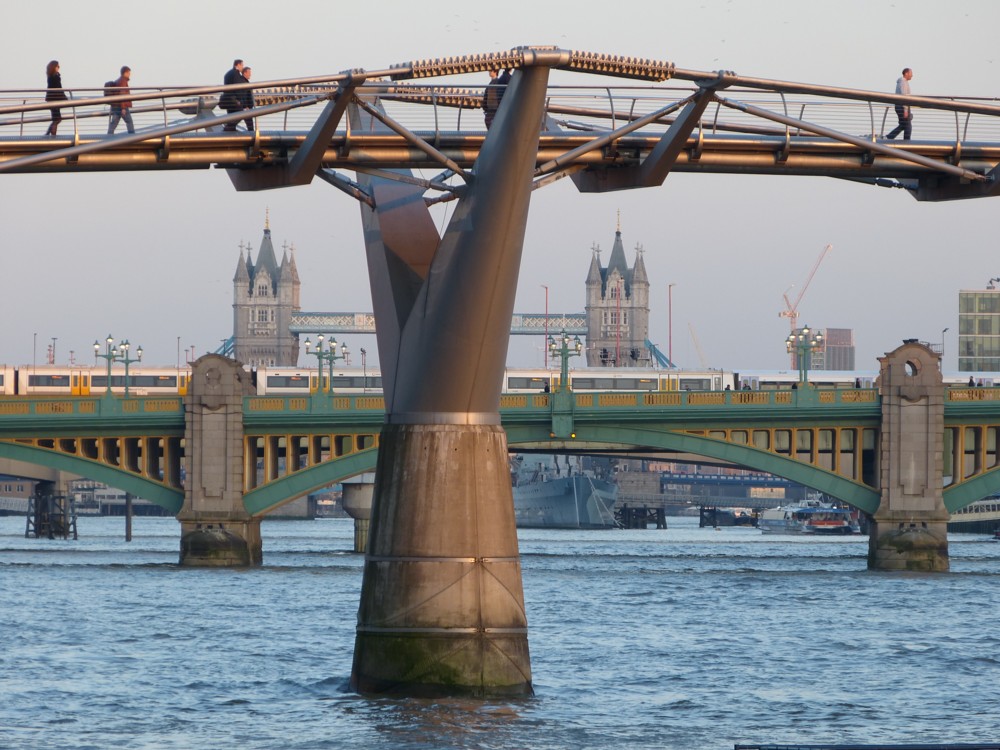
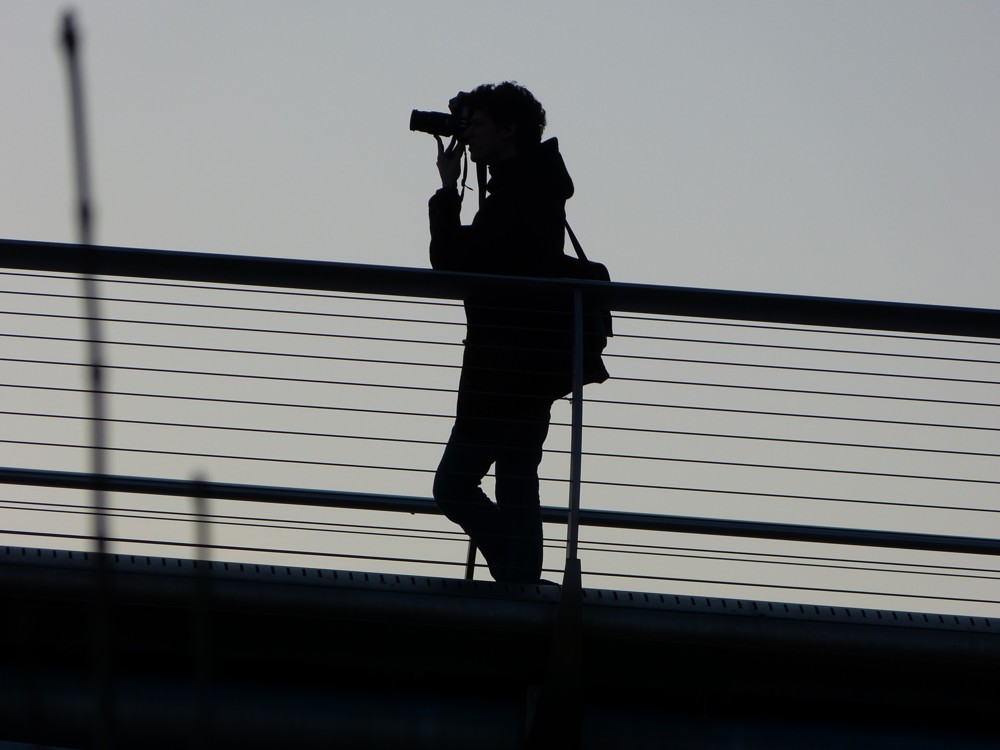
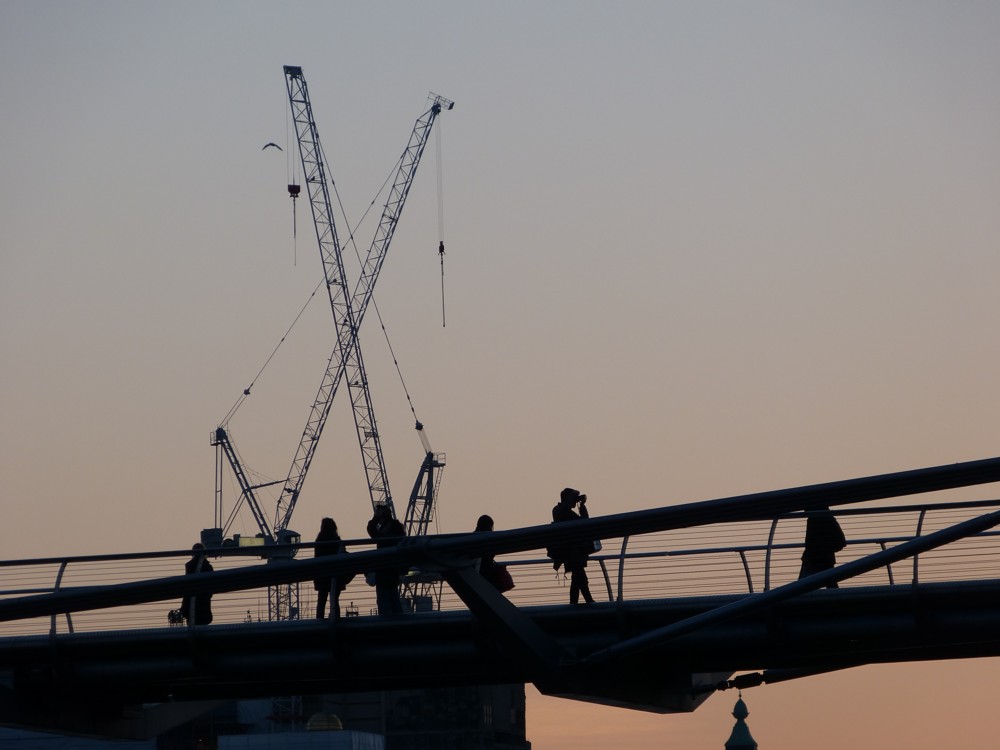
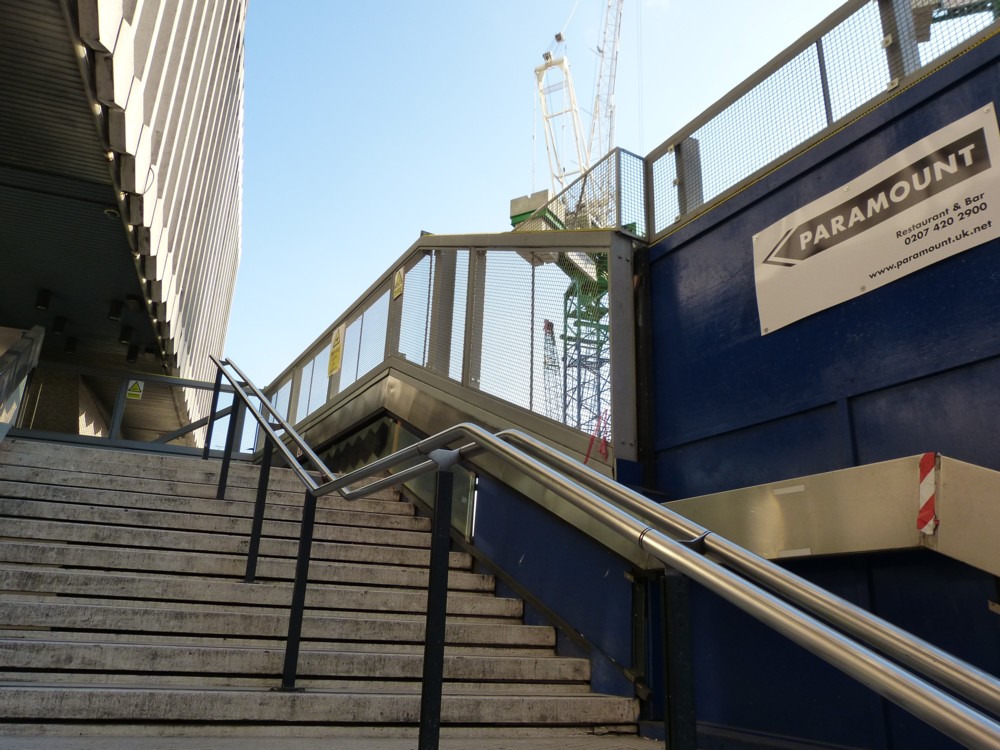
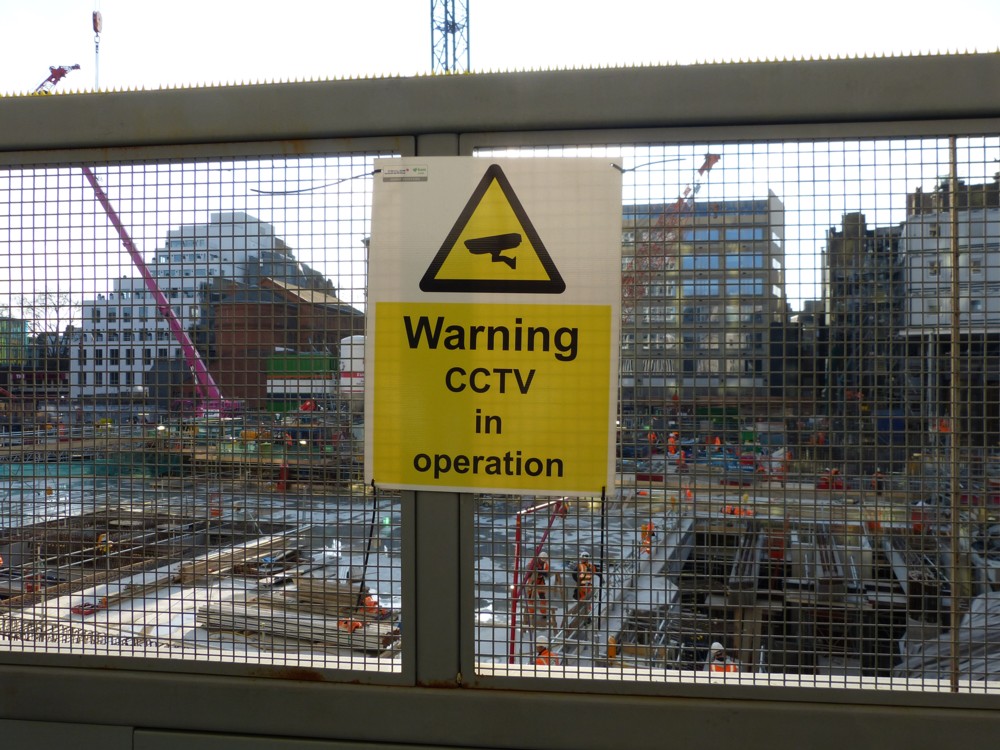
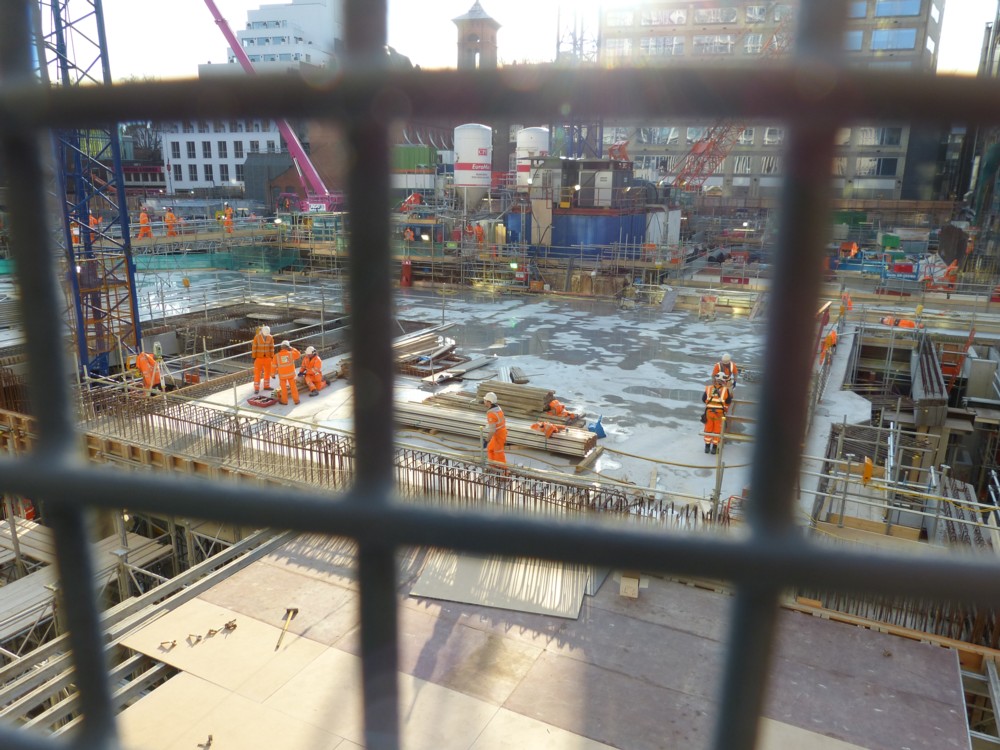
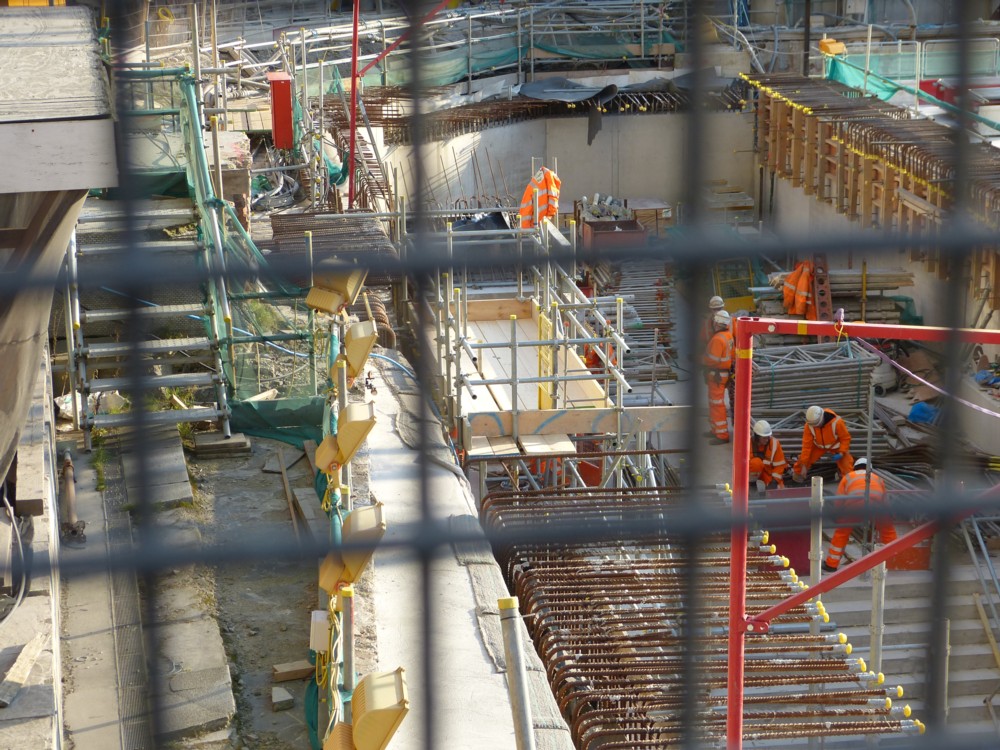
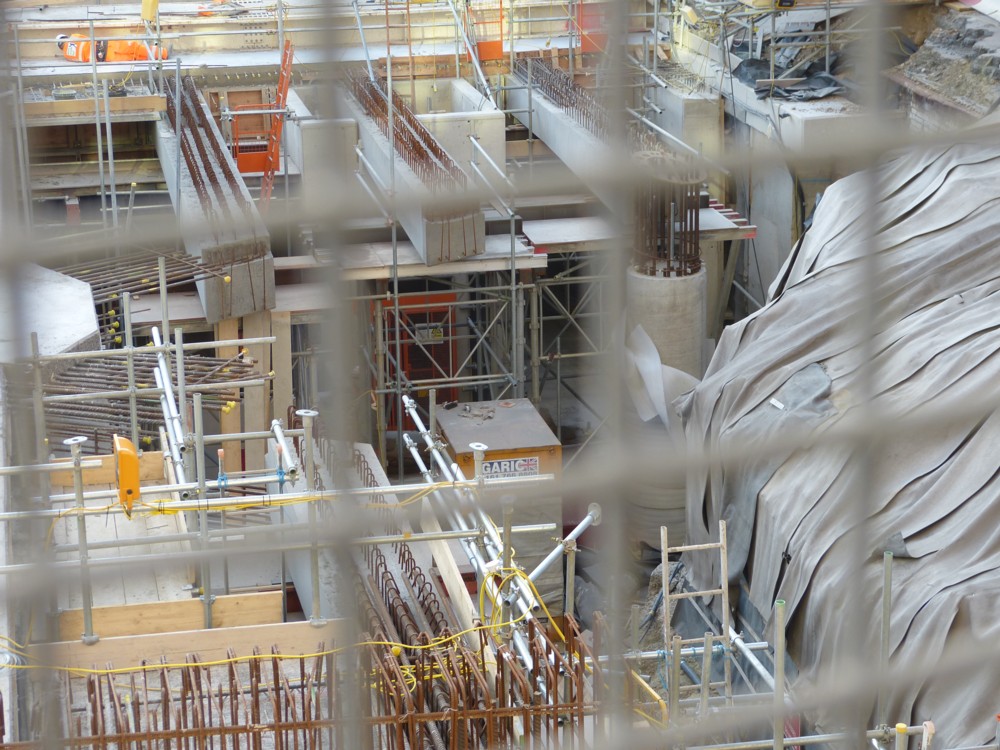
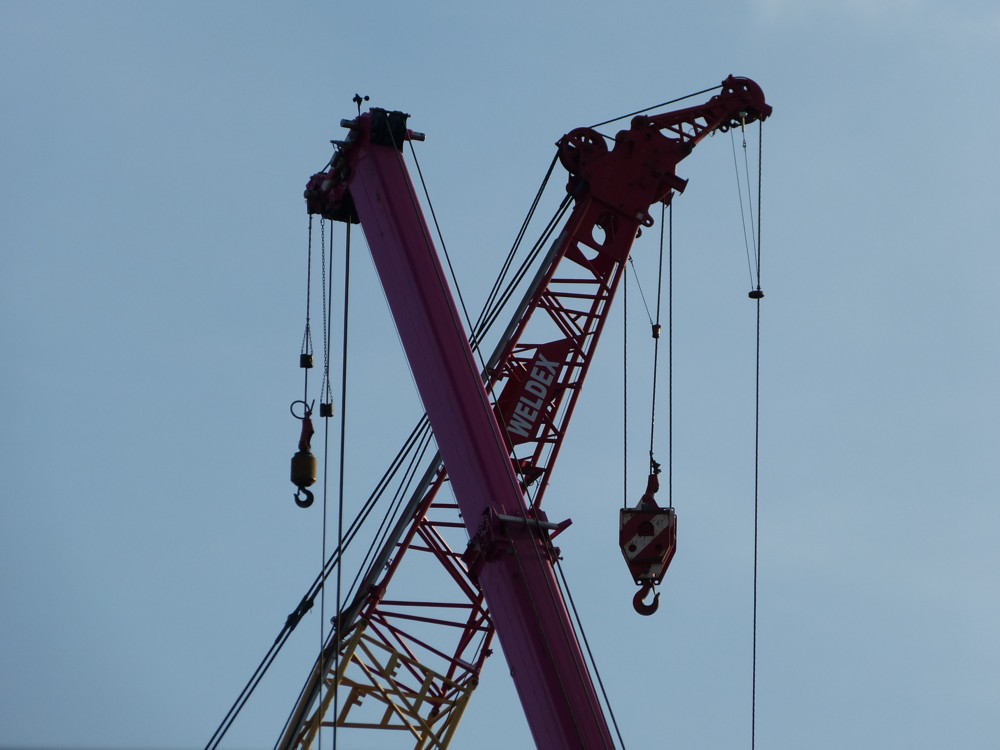
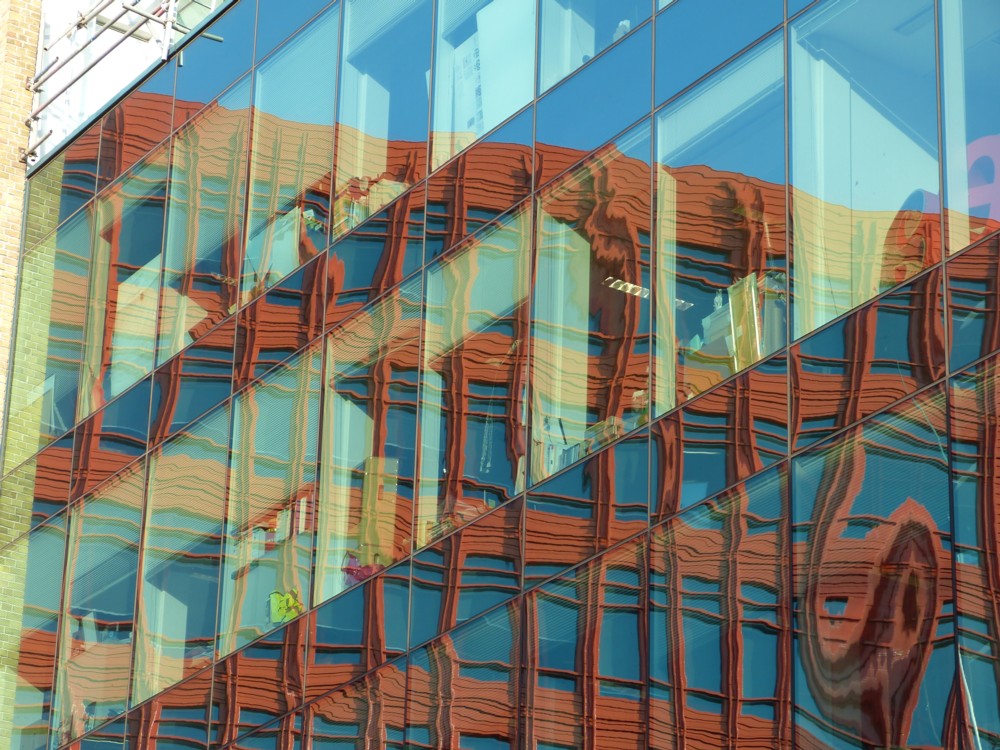
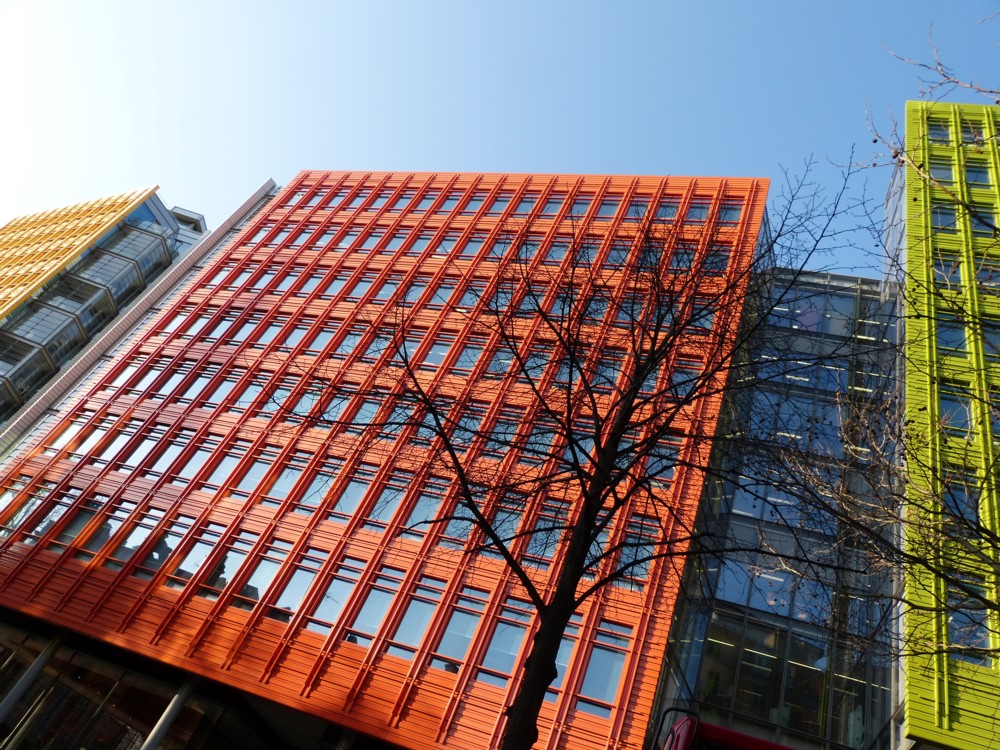
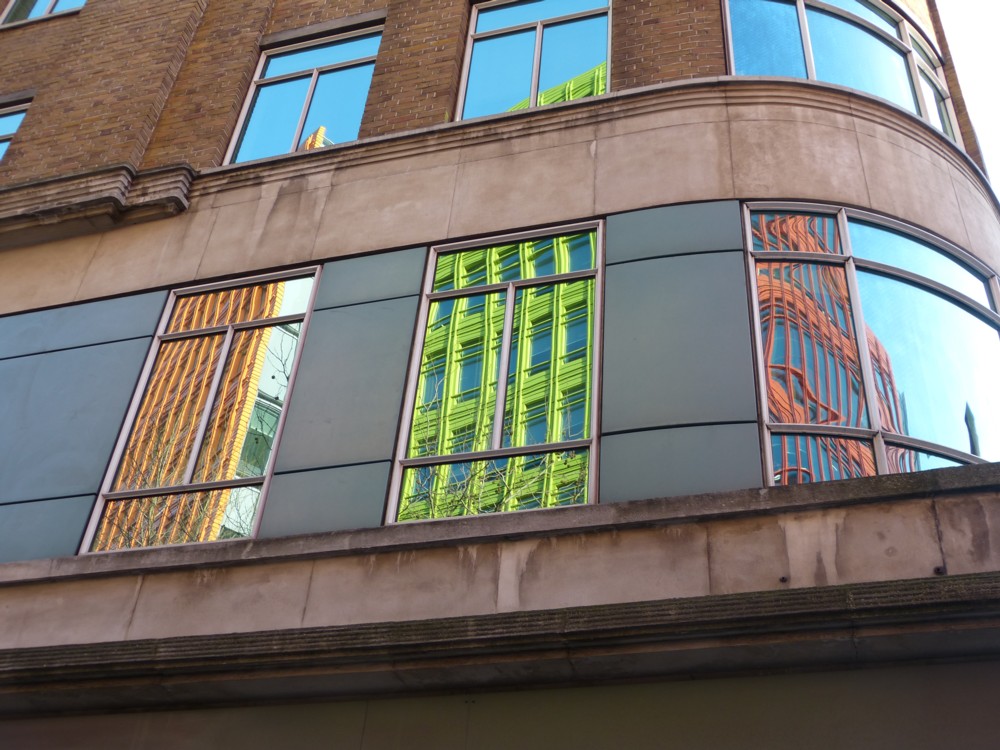
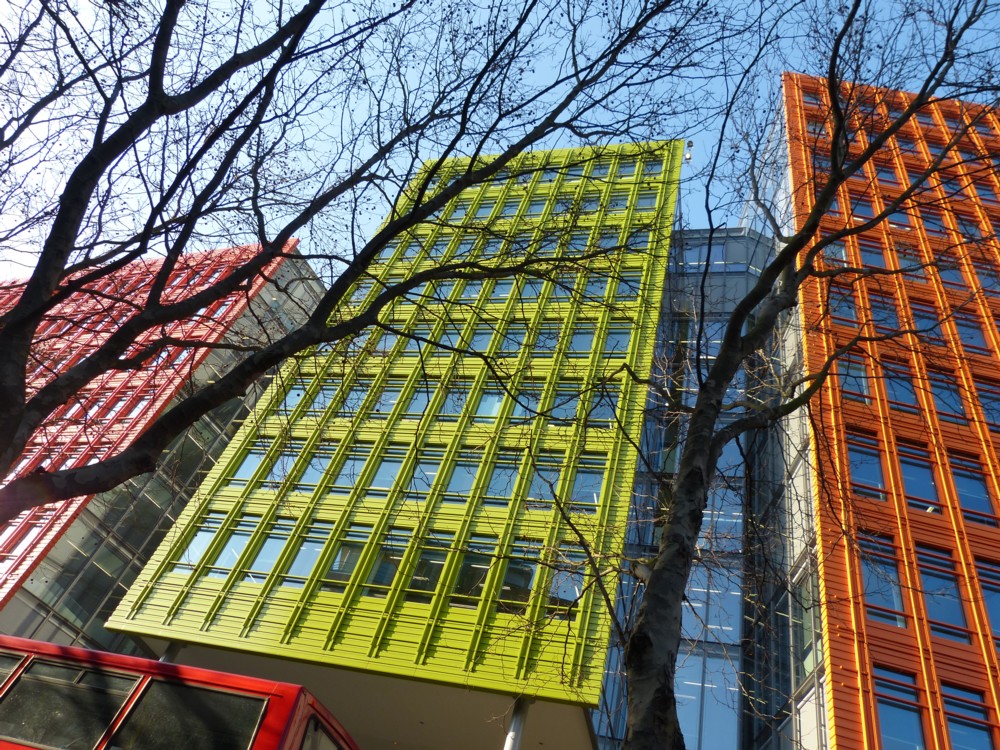
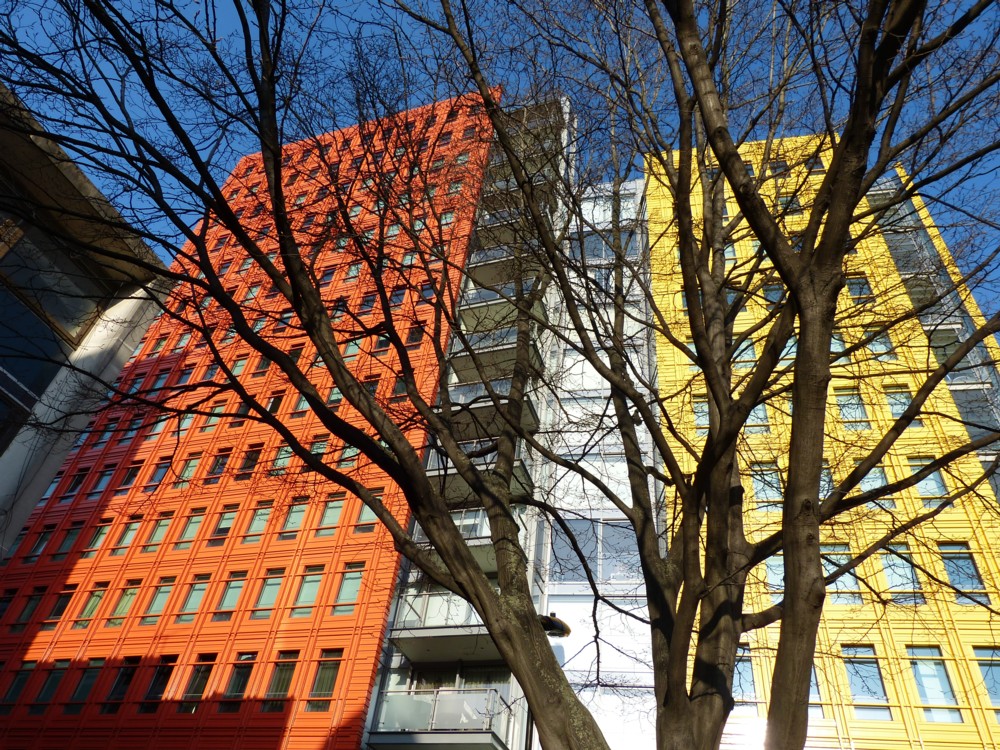
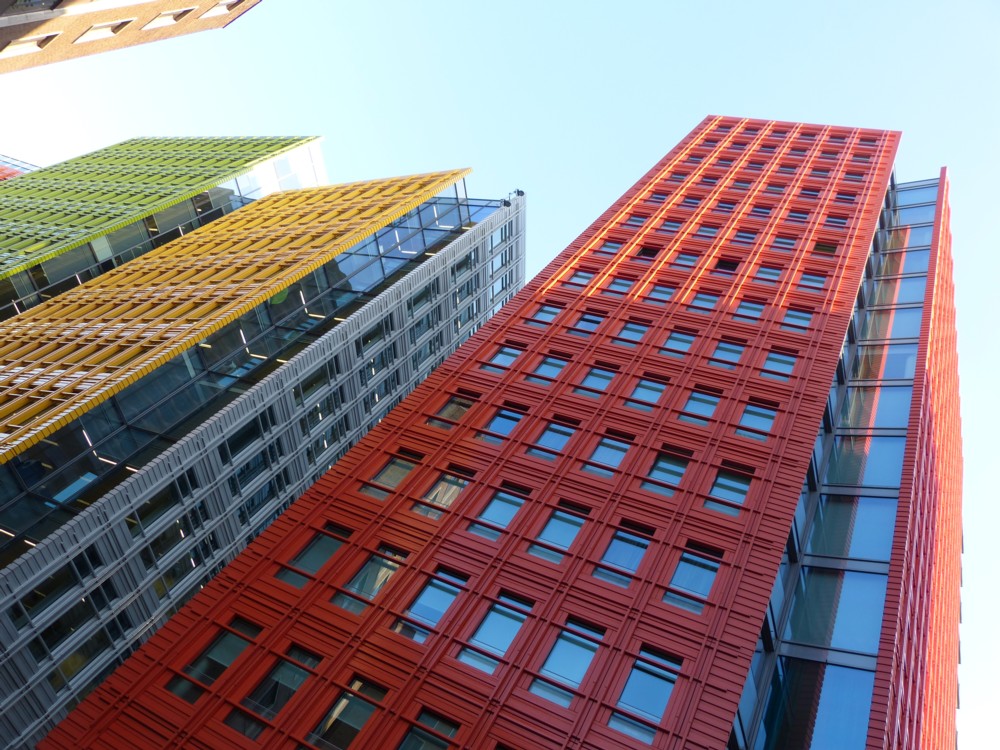
 One of the about seventy seven signs of aging is definitely being more sensitive to the weather, and in particular the cold. I remember feeling this way as a small child, when first compelled to travel every morning to school. Now, I feel it again. I actually “caught a chill” earlier this week, and had to take to my bed for a whole day.
One of the about seventy seven signs of aging is definitely being more sensitive to the weather, and in particular the cold. I remember feeling this way as a small child, when first compelled to travel every morning to school. Now, I feel it again. I actually “caught a chill” earlier this week, and had to take to my bed for a whole day.